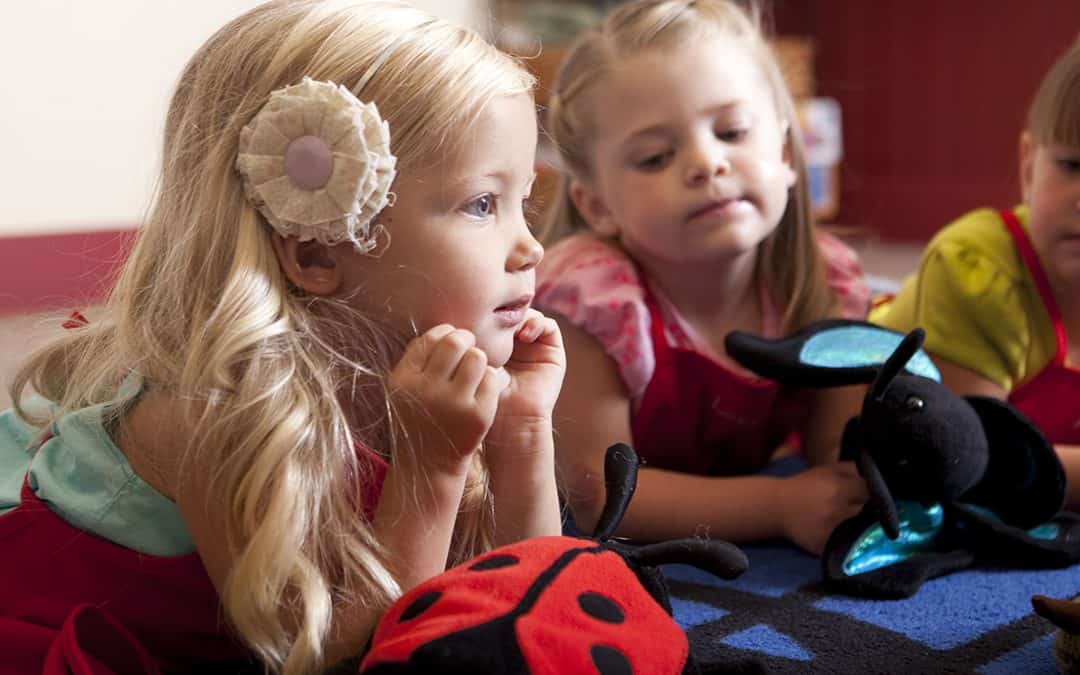Getting young children to listen can often feel like asking a brick wall to move 3 feet to the left. It can be frustrating at the very least and sometimes even demoralizing. Parents have resorted to begging, yelling, bribing, lecturing, and time-outs just to get their child to put their shoes away. However, it may not be the kid– it might be the approach. Rather than getting red in the face trying to make your child listen, try putting these ideas into practice:
- Pick your battles. This makes the top of the list because it will determine whether you even ask your child to do something. Let’s say your child wants to empty an entire container of wipes all over the floor, and, like a little badger, nothing you do or say will stop him. There is an important distinction between asking a young child to do something for his good and asking a young child to do something for your good. When we ask a child to do something for his good, it’s to keep him safe (don’t eat the battery) or to help him develop a good attribute (be respectful of other people’s property). When we ask a child to do something for our good, it’s usually to make our life more convenient. Looking at the example with the kid and the wipes, stopping him from emptying the wipes doesn’t keep him safe or teach him good character. However, after he’s emptied the container, teaching him to pick up his mess lets him explore those wipes to his heart’s content while also learning a good habit. When you pick your battles then you don’t become white noise. With time, he will learn that when you ask him something, it’s important and worth listening to.
- Connect with Your Child. Before even asking your child to do something, make sure you’ve connected with him and that you have his attention. Aha! Parenting recommends moving close to your child, establishing eye contact, and making physical contact, like touching an arm or shoulder. Research has shown that young children are often oblivious to what’s going on around them when they’re engaged in a game or activity and that establishing contact helps them know what to focus on.
- Redirect your child’s energy. You’re standing on the sidewalk waiting for the store to open and your little one wants to run into the parking lot. This is a battle worth picking. Busy parking lots are dangerous. However, after telling him “no” several times, it’s obvious the message isn’t sinking in. What do you do? You can redirect his curiosity and energy towards exploring something interesting, like flowers or a fountain, and engaging his interest there. Your child is a little scientist who wants to test the boundaries and properties of everything he can think of, over and over again. Instead of trying to dam his boundless curiosity and energy with “no’s,” aim it in another, safer, direction.
- Use gentle physical redirection as needed. You don’t need to repeat yourself. In fact, you often don’t need to speak at all. You can send the message loud and clear with a gentle touch. When your child goes to touch something off limits, move his hand away. If he insists, then pick him up and move his body elsewhere. Through all of this, make sure your facial expression is calm and stern and make eye contact to show you aren’t playing a game. Physical redirection engages another set of senses in teaching your child how to listen. It also prevents vocal commands from becoming white noise, which can make all the difference in dangerous situations where your voice will reach your child first.
- Keep some off limit items within reach. This provides you and your child continual opportunities to teach him not only how to listen, but also that your house and possessions aren’t all fair game. Combining the aforementioned methods with this one can enable you to house-proof your child.
- Provide correction in the moment. If you wait until after the fact, your child isn’t likely to link his action with the correction. Therefore, it is vital that correction happens while the action occurs. If you miss the boat, then wait for another one to come along.
- Be mindful of examples. As with any attribute you wish to teach your child, your example teaches the most powerful lesson. However, young children are incredibly impressionable, not just from your example, but from books, movies, TV shows, relatives, friends, and games. No matter how good your example is, if your child is watching shows all day with characters who disobey their parents, then your child will also learn from that example and your efforts will be undermined or undone.
- Balance discipline with love. It is important for your child to know that, even if you don’t want him to pour an entire gallon of milk on the floor, that his desire to do so doesn’t make him a bad person and it doesn’t negatively affect his relationship with you. Make sure you give your child plenty of love and affection so there is no doubt in his mind where he stands in your eyes when you do discipline him.
Of course, there are many other methods and every child is different. However, with patience and love, you will find the most effective way to teach your child how to listen to you.
For more ideas on how to teach your child to listen, check out 5 Empowering Ways to Get Your Kids to Listen by Parents.

